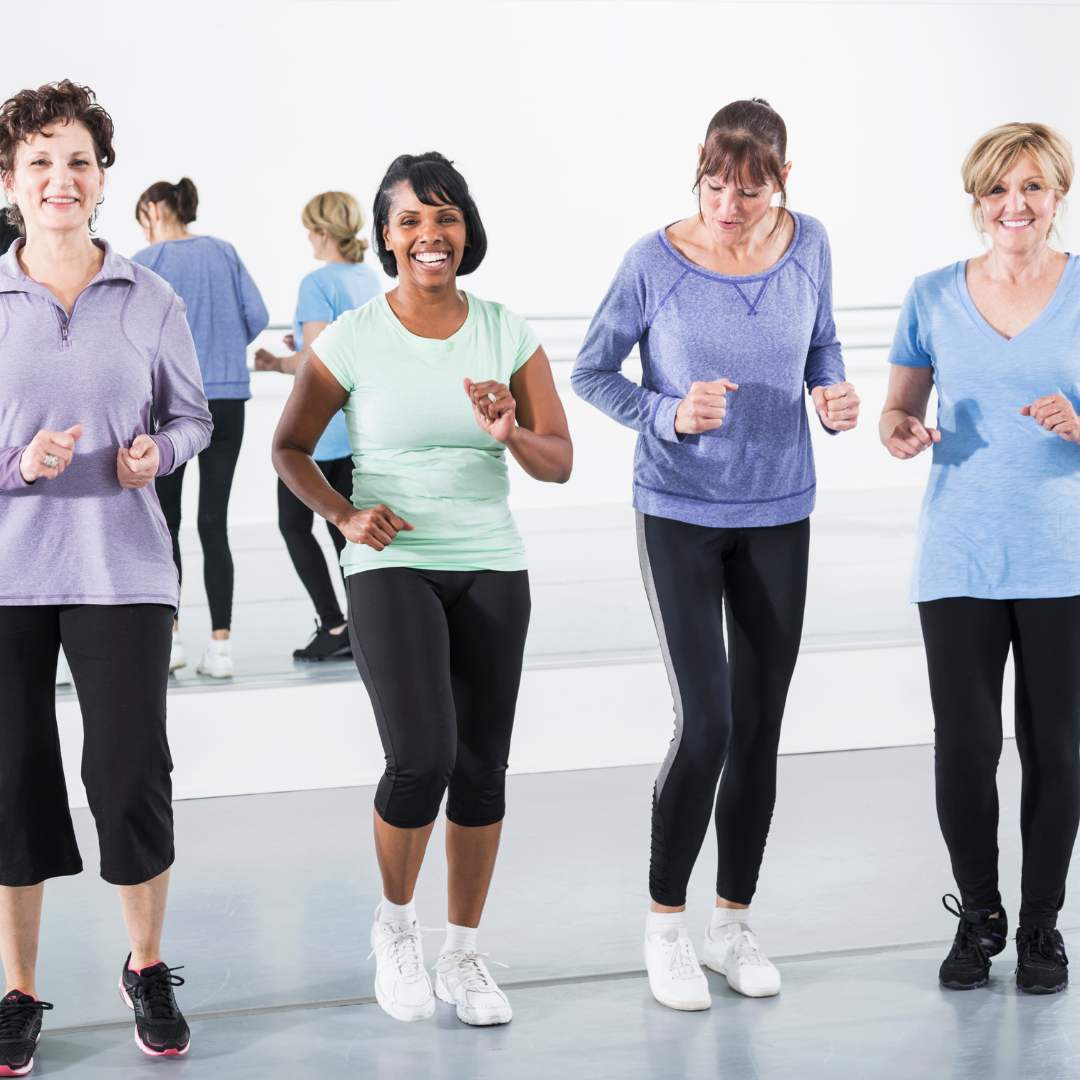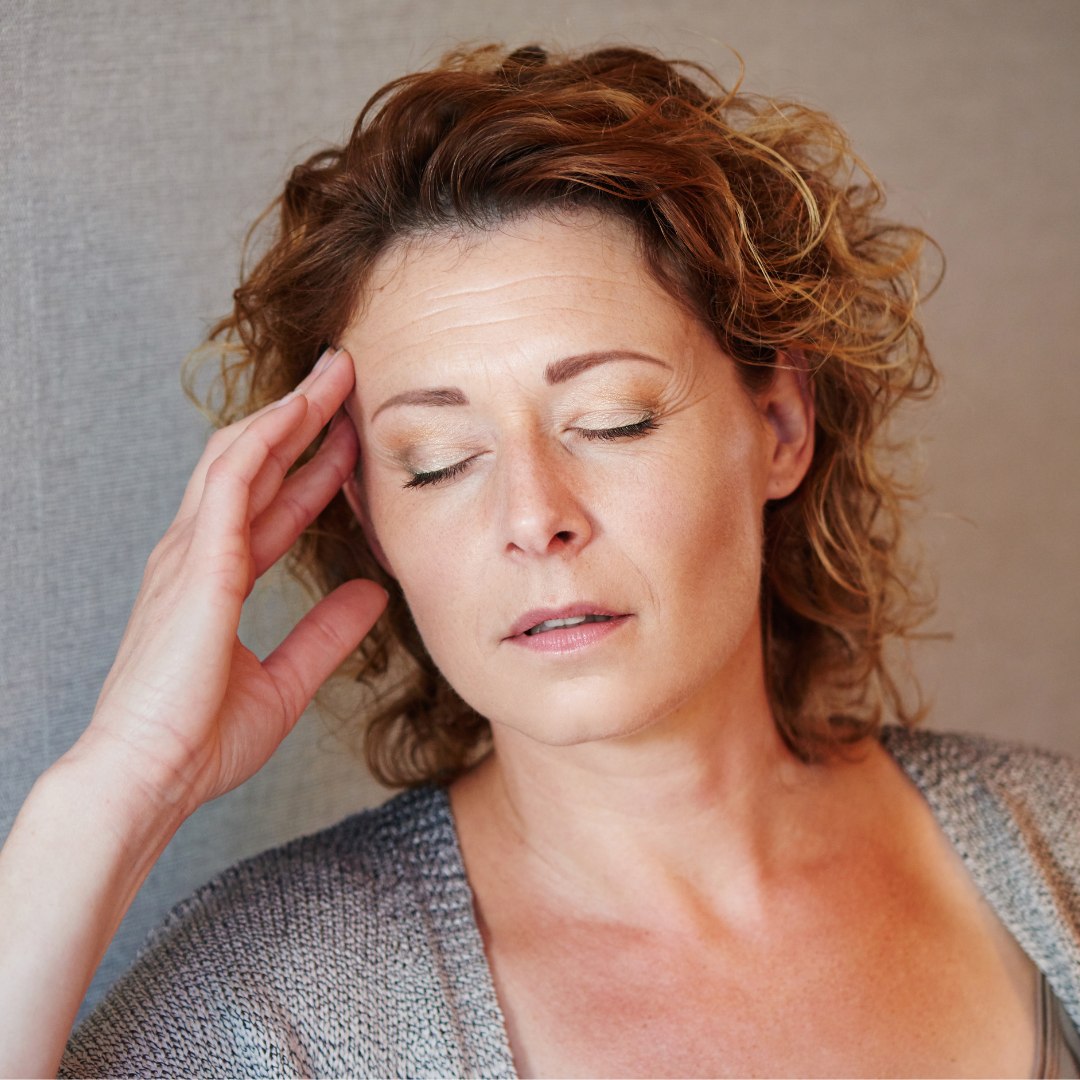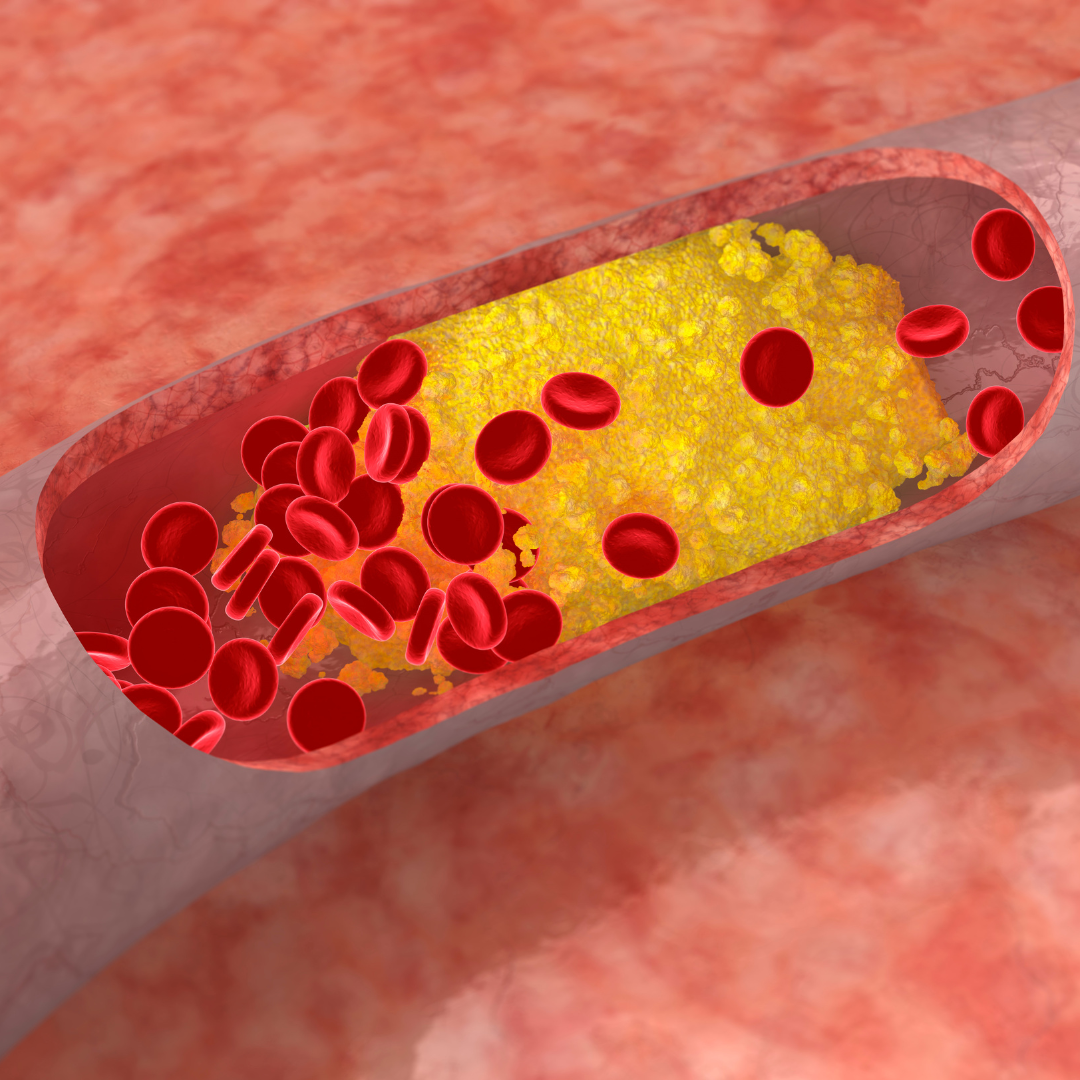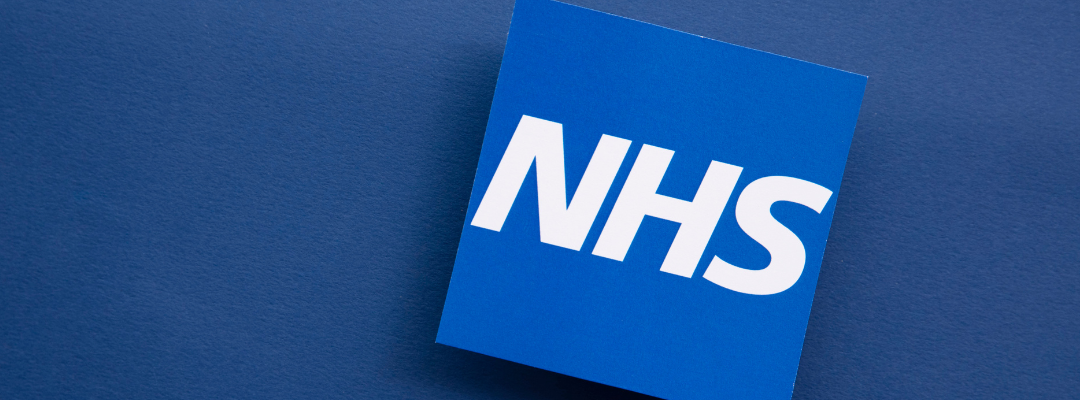
Menopause and Exercise
If you are going through the menopause, the beginning (Peri menopause) or your menopause has finished (Post Menopause), you may wonder why exercise is so important at this time.
The menopause is a time when a women’s body goes through a transition. Hormones begin to fluctuate, and their effects are not as dominate as they used to be. Some women may have no concerns going through this time of change, others may notice their bodies transforming in front of them and not like it. Using exercise throughout this time and beyond can help this shift into post menopause. So, why is exercise so important as you go through the menopause?
Physically
Exercise strengthens bones, maintains, and builds lean muscle, our cardiovascular system (heart and lungs) works efficiently, maintaining a strong heart (heart disease and osteoporosis are bigger risk factors for post menopause women), improving and maintaining body weight and body fat as the metabolism is fired up with exercise, enabling the growth and repair of the muscles and bones, helping lower or reduced blood pressure, prevent or reverse Type 2 Diabetes, lower cholesterol and helping maintain hormonal balance.
The benefits are not just physical:
Mentally
We feel better, it gives us time to think about other things, a sense of wellbeing, achievement and just some time out, and notice our bodies and what they are capable of, if we had lost touch with it.
The menopause can affect us emotionally, not just because of hormonal changes but because we are aware that we are entering a new phase in life, and this can be a tough adaption.
So, What Exercise Should We Be Doing?
Always start where you are – never exercised before, fine, we start here, a regular exerciser, we start there. Injuries or other health concerns that need addressing e.g. Pelvic Floor, we start here.
The key is finding a physical activity that you enjoy and feel you are getting the most benefit from. We need to ensure that we move our bodies in all planes of motion – up, down, side to side, rotate, forward and back – for everyday life and movement.
Health factors and risks must be considered, there should not be a “one size fits all” approach. Each person is different so what might work for a 50-year-old may not work for a 60-year-old.
In the ideal world we move daily. Realistically we should find something or a few things we can do that keep that us active but doesn’t impinge on all the other things going on in our lives.
Exercise with Weights
Not just in the gym but in our everyday lives – for example moving the sofa, picking up boxes, getting up and down, being able to open that jar. Weighted movement results in additional muscles being used. Weight training is nothing to fear. When we use the muscles, this results in our metabolism working more. The stronger the muscles the more support they provide around our joints, our bones benefit from the continued cycle of growth and repair. Our posture can be improved and our movement patterns, especially if we sit all day.
Our hormones get a boost, testosterone, feel good hormones are released – dopamine, the sensitivity to insulin can be improved, built up toxins will be flushed out of the body, and our circulation will improve.

Getting Out of Breath and Sweaty
To get out of breath and build up a sweat we exert ourselves, the result of this exertion is that the body needs more oxygen – we end up in oxygen debt, to recover the body responds by raising the heart rate and our breathing to get more oxygen into our system. High interval intensity training (HIIT)– is a type of exercise that has this effect and does not have to take long, you work hard for a period, rest for a short time and repeat. This is where the metabolism fires up.
The effects of this type of exercise and the weight training can last for 24hours plus. The body is recovering and working hard after the work out – excess post-exercise oxygen consumption (EPOC), the amount of oxygen is required to return your body back to its normal state. This process triggers the release of hormones as does our rise in body temperature due to the exertion.
Mobilisation
The ability to move freely.
Can you complete the tasks you want to daily or in the future? You know the saying “If we don’t use it, we lose it”. This is very true. If we spend our time sitting down and never really moving, we will lose the mobility to just get up and go. Observe people, how do they get up from a chair, how do older people walk.
The result of not moving frequently is that synovial fluid (which lubricates our joints) begins to dry up, we do not move so our cells and the connective tissues that holds us all together don’t get as much hydration as when we are moving around, so we feel stiffness in our muscle and joints. Which can mean less mobilisation – a vicious circle.
Restorative Movement and Restfulness
This is as important as weighted movement and Hiit training.
If we don’t take the time to relax and just move, the body doesn’t get chance to destress or get back in balance. Yoga, Pilates, walking, just moving around on the floor, are examples of movement that can be relaxing and help with mobility, balance, and strength.
Sitting and meditating for a few minutes, anything that you can do that will help you relax and focus on what you are doing for a while. Another key to physical and mental wellbeing is sleep – our body’s time to reset. We need adequate sleep, so our body can rest and restore itself, de stress. The amount of sleep needed will vary from person to person.

Get out into nature.
If we can’t make the gym, or that Pilates class, we can always walk, jog or just sit and breathe outside! If you are stuck indoors all day with work, being outside can make a big difference to the mind, body, and spirit. It is an opportunity to switch the phone off, have no computer in front of you and be able to breathe deeply, observing your surroundings.
We all have our exercise preferences, and all movement is great. So, what do you do, or want to try?
If you are not sure what to do or try, ask friends what they do. Try a class with others or get one to one advice. Give something ago, if you don’t like it, try something else.
I know that for me personally a class of choreographed movement does not work… I always end up going in the wrong direction!
For me I love to use weights, workout in a class, stretch, walk (my dog doesn’t let me not walk!), and run – not all on the same day, but spread out during the week.
Find what works for you to help you through the menopause and beyond.
Find more blogs like this:
www.harleystathome.com | Instagram @harleystreetathomemenopause
Facebook: Search Harley Street at Home: Diagnosis, Symptoms & Treatments or Harley St at Home: Lifestyle, Self-Care and Lifestyle to join our private community



